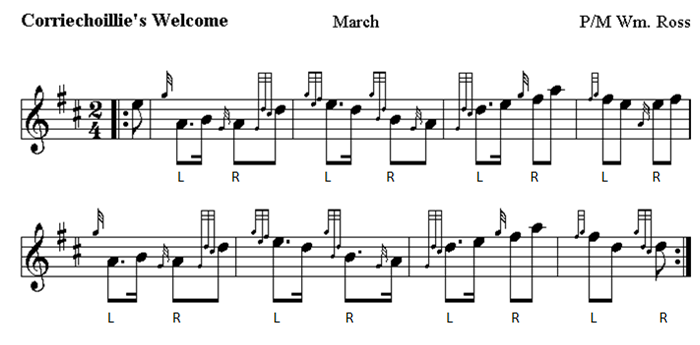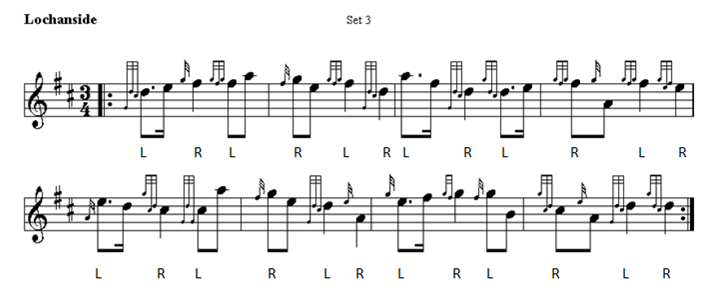| This Week’s Topic… | |

Best viewed in
|
Marching Military step or march is a regular, ordered and synchronized walking of military formations. The steady, regular marching step was a marked feature of Roman legions. Vegetius, the author of the only surviving treatise on the Roman Empire's military, De Re Militari, recognized the importance of "constant practice of marching quick and together. Nor is anything of more consequence either on the march or in the line than that they should keep their ranks with the greatest exactness. For troops who march in an irregular and disorderly manner are always in great danger of being defeated. They should march with the common military step twenty miles in five summer-hours, and with the full step, which is quicker, twenty-four miles in the same number of hours. If they exceed this pace, they no longer march but run, and no certain rate can be assigned." Quick March is an instruction to begin marching at the Quick March speed with the left foot. The standard pace is 120 beats per minute with a 30in. step, although there are variances to this, based on the individual regiments, the pace given by the commander, and the speed of the band's rhythm: British light infantry and rifle regiments, for example, Quick March at 140 beats per minute, a legacy of their original role as highly mobile skirmishers. Highland Regiments, which march to bagpipe music, march at 112 paces per minute. Marching while playing an instrument takes concentration and determination. Marching in time. Hit the ground on the downbeats. Specifically, the foot hit’s the ground on the grace note. Mark your music (L, R) to learn when each foot hits the ground for each tune. For example, in a 2/4 tune…
Notice how each coupling of notes begins with a step. In a 2/4 tune, there are two steps (one left, one right) for each measure. Each line begins on the left foot and ends on the right. In a 3/4 tune, there are three steps in each measure (left, right, left)…
Again, each line begins with the left foot and ends with the right. In a 4/4…
There are four steps to each measure. In a 5/4…
There are five steps to each measure. That’s what makes a 5/4 different. The line still begins on the left foot and ends on the right. In a 6/4…you get the idea?
Practice marching to a recording with the music in front of you until you are comfortable with where each foot falls in the tune. |




